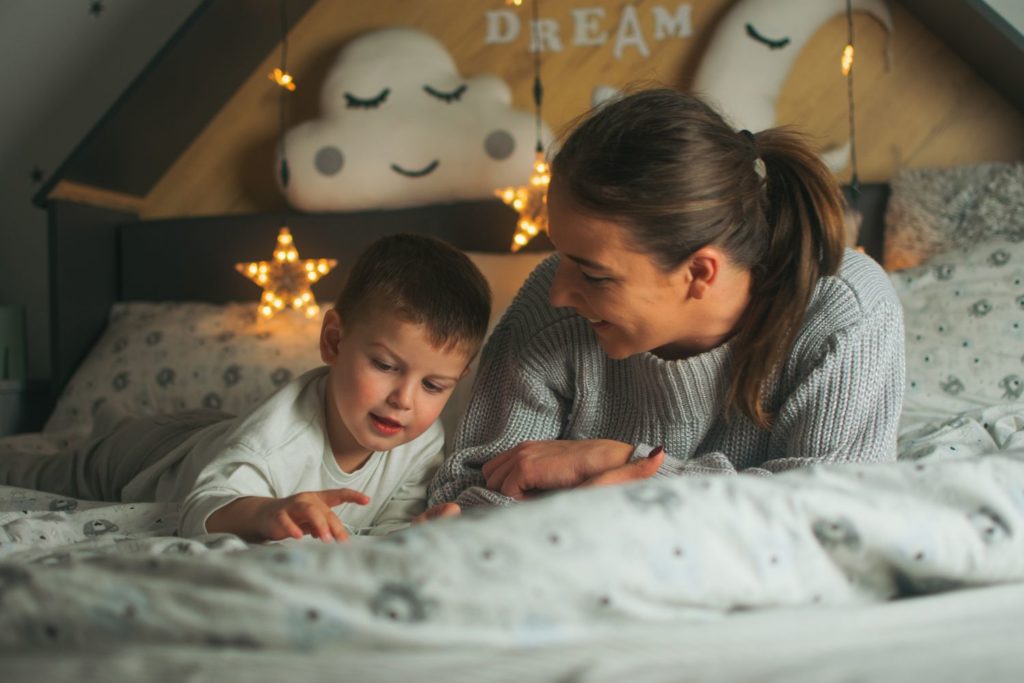Sleep training can be a game-changer for you and your baby, but knowing when to start can be tricky. Here’s when to ask your pediatrician about the appropriate time to start sleep training your baby and what you need to know for a successful transition.
Why Sleep Training Matters
Establishing good sleep habits early on can help your baby (and you) get the rest you need. Sleep training involves teaching your baby to fall asleep independently and sleep through the night.
Signs It’s Time to Ask About Sleep Training
When should you bring up sleep training with your pediatrician? Here are some signs:
- Frequent Night Waking: Your baby wakes up multiple times during the night.
- Difficulty Falling Asleep: Your baby struggles to fall asleep on their own.
- Irregular Sleep Patterns: Your baby’s sleep schedule is inconsistent.
- Parental Exhaustion: You’re feeling overwhelmed and exhausted from lack of sleep.
Questions to Ask Your Pediatrician
When discussing sleep training, consider these questions:
- What age is appropriate to start sleep training?
- What methods of sleep training do you recommend?
- How can I prepare my baby for sleep training?
- What are common challenges and how can I address them?
- Are there any signs that sleep training isn’t working or isn’t appropriate?
Understanding Sleep Training Methods
There are several sleep training methods, and what works for one baby might not work for another. Here’s an overview of some popular methods:
Cry It Out (CIO)
- Method: Allowing your baby to cry for a set period before offering comfort.
- Pros: Can be effective and relatively quick.
- Cons: Can be difficult for parents to listen to their baby cry.
Ferber Method
- Method: Gradually increasing the time before comforting your baby when they cry.
- Pros: Teaches self-soothing gradually.
- Cons: Requires consistency and can be challenging initially.
Gentle Sleep Training
- Method: Gradually reducing your presence as your baby falls asleep.
- Pros: Less distressing for parents and baby.
- Cons: Can take longer to see results.

Preparing for Sleep Training
Establishing a Bedtime Routine
- Consistent Routine: Create a calming bedtime routine that includes activities like a bath, a story, and lullabies.
- Same Time: Put your baby to bed at the same time each night.
Creating a Sleep-Conducive Environment
- Dark Room: Ensure the sleep environment is dark to promote better sleep.
- Quiet Space: A quiet room with minimal noise disturbances is ideal.
- Comfortable Temperature: Keep the room at a comfortable temperature – not too hot or cold.
Setting Realistic Expectations
- Be Patient: Sleep training can take time, and progress might be gradual.
- Stay Consistent: Consistency is key to successful sleep training.
Managing Common Sleep Training Challenges
Night Waking
- Check for Needs: Ensure your baby isn’t waking due to hunger, discomfort, or illness.
- Consistent Response: Respond consistently to night waking to help your baby learn to self-soothe.
Regression
- Stay the Course: Sleep regressions are common, especially during developmental milestones.
- Reinforce Routine: Stick to your established sleep routine as much as possible.
When to Adjust or Pause Sleep Training
Sometimes, it might be necessary to adjust or pause sleep training.
Illness
- Pause Training: If your baby is sick, it’s okay to pause sleep training until they’re better.
Major Changes
- Adjust Expectations: If there are major changes in your baby’s life (e.g., moving, new caregiver), be flexible with sleep training.
Benefits of Successful Sleep Training
Better Sleep for Baby
- Longer Sleep: Your baby will likely sleep for longer stretches at night.
- Improved Mood: Better sleep can lead to improved mood and behavior.
Better Sleep for Parents
- More Rest: Parents can get more rest and feel less exhausted.
- Improved Wellbeing: Better sleep can lead to improved overall wellbeing for the whole family.
Sleep training can be challenging, but it’s worth it for the benefits of better sleep for your baby and your family. By asking the right questions and preparing thoroughly, you can ensure a smooth and successful sleep training experience. Don’t hesitate to reach out to your pediatrician for guidance and support.

